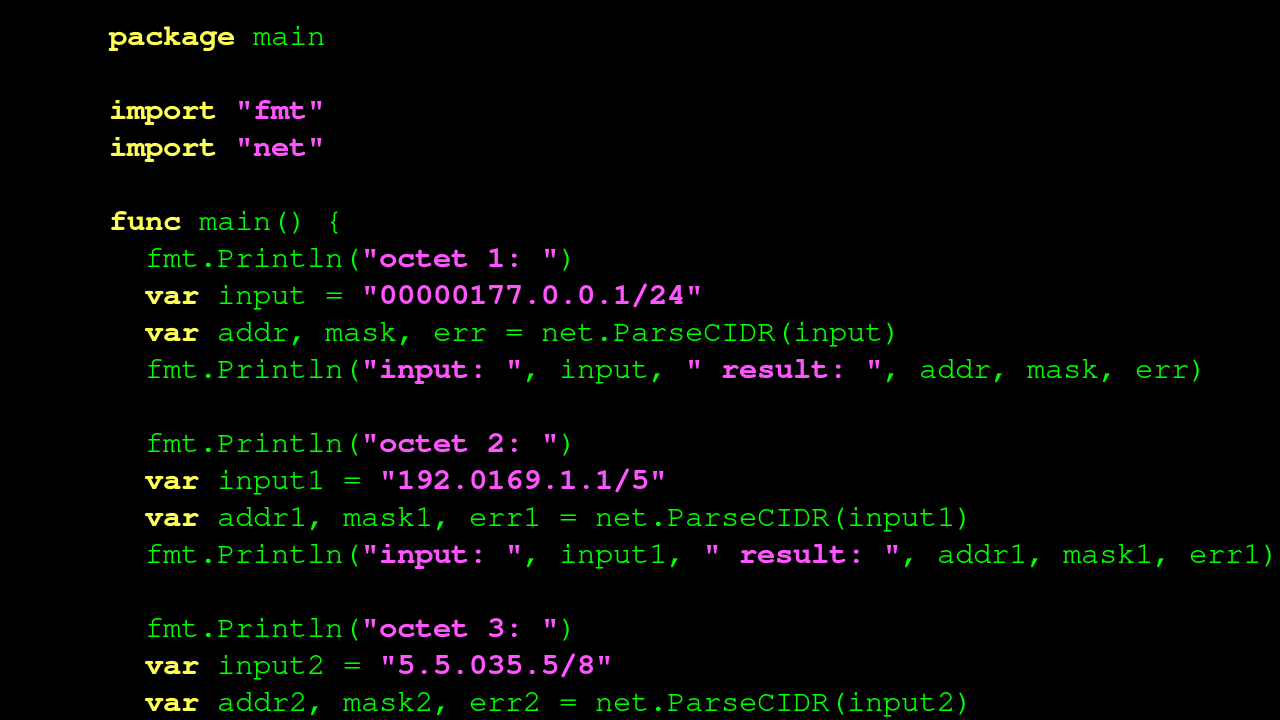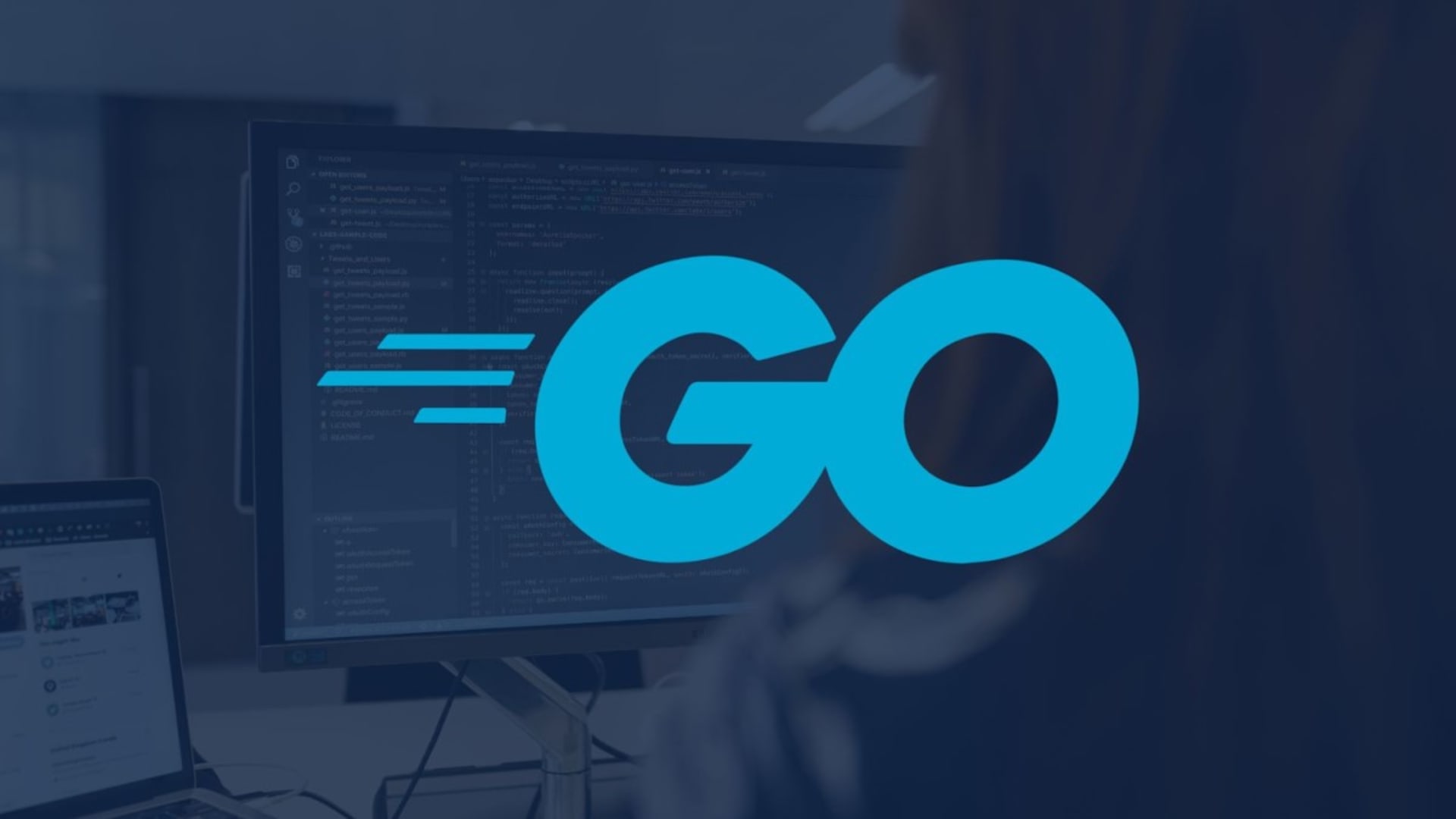Why Is Golang So Popular?

Born out of Google’s strategic confines in 2007, Go was engineered by Robert Griesemer, Rob Pike, and Ken Thompson with a clear vision. These innovators aimed to devise a language that amalgamated the efficiency and safety of statically typed languages with the ease of programming and network performance that modern projects demand.
From its inception, Golang set out to address specific issues plaguing software development, such as cumbersome code maintenance, slow compilation times, and the complexities of concurrent programming. The language was designed to simplify the coding process, make developer productivity better, and offer an approach to building scalable and high-performance applications. As we explore the growing golang development services popularity, we’ll delve into how Golang’s unique characteristics have propelled it to become a preferred tool for software developers.
Simplicity and Readability

At the core of Golang’s design philosophy lies a commitment to simplicity and readability. Unlike other programming languages that often are quite difficult to learn due to complex syntax and nuanced rules, it stands out with its straightforward and uncluttered syntax. This clarity accelerates the learning process for new developers and facilitates code review and collaboration.
Consider, for example, the contrast between Golang and Java. Java, with its verbose syntax, can make even simple tasks appear daunting, especially to newcomers. Golang, on the other hand, opts for brevity and transparency. This conciseness translates into tangible benefits for software development. Clear, readable code is easier to maintain, debug, and extend, which in turn improves productivity and reduces the likelihood of errors.
What is more, its emphasis on simplicity does not compromise its power. The language offers a rich set of features, such as Goroutines and channels for concurrency, that enable developers to tackle complex problems. By prioritizing readability, Golang fosters an environment where developers can focus more on solving real-world problems and less on deciphering the language itself.
Performance

Performance can be the difference between an application that delights users and one that frustrates them. Here, it emerges as a formidable contender, known for its impressive execution speed. When compared to languages like Python or Java, Golang often leads the pack, especially in scenarios that require concurrent processes and high-speed execution.
Benchmarks reveal the story: Golang’s performance, particularly in backend development and cloud services, is not just about raw speed but also about how it utilizes resources. Unlike Python, which is interpreted and can be slower for CPU-bound tasks, it is compiled directly into machine code, which makes it inherently faster for various applications. Java, known for its virtual machine overhead, faces stiff competition from Golang’s lightweight execution model.
This efficiency is particularly crucial in backend development, where response times and resource utilization can significantly impact scalability and costs. In cloud services, where resources are metered and latency is critical, its lean architecture means applications can do more with less — a vital attribute in today’s cost-conscious and performance-hungry technology environment.
Moreover, Golang’s built-in support for concurrency, through Goroutines and channels, allows developers to write naturally efficient programs that make full use of available processing power without the heavy lifting and boilerplate code required by other languages. This contributes to its performance advantages and aligns perfectly with the needs of modern, scalable applications that operate over distributed networks.
Concurrency Support

Efficient management of concurrent operations can notably impact application performance and scalability. Golang’s approach to concurrency, distinct from other programming languages, is one of its most compelling attributes. At the heart of this model are Goroutines and channels, designed to make concurrent programming intuitive and efficient.
Goroutines are lightweight threads managed by the Go runtime. Unlike traditional threads, they require less memory overhead and are easier to create and manage. Channels, on the other hand, provide a powerful mechanism for Goroutines to communicate with each other, allowing for safe and synchronized data exchange. This model simplifies the development of complex concurrent applications, making code easier to write and understand.
Real-world applications where its concurrency features shine include:
- Web Servers and APIs: Golang can handle multiple requests simultaneously without straining system resources, making it ideal for high-traffic web servers and APIs.
- Data Processing: Applications that require processing large datasets can benefit from its ability to perform multiple operations in parallel, speeding up data analysis and manipulation.
- Cloud Services: Its concurrency model’s scalability is perfect for cloud-based applications, where resources can be dynamically allocated and managed.
- Networked Applications: For applications that require high network throughput, such as chat servers or streaming platforms, Golang’s concurrency allows for more efficient data handling and transmission.
- IoT Devices: It is increasingly popular for IoT applications, where managing multiple devices and data streams concurrently is crucial.
Comprehensive Standard Library

Unlike other programming languages that often require external libraries for basic functionalities, Golang provides a rich set of packages right out of the box, covering a wide range of common programming tasks. This library speeds up the development process and ensures consistency and reliability across projects.
Key packages in the standard library that exemplify its utility include:
- net/http: This package is a powerhouse for building web servers and clients, offering a straightforward approach to handling HTTP requests and responses.
- io and ioutil: These packages provide essential interfaces and utilities for input/output operations, simplifying file handling, data reading, and writing.
- encoding/json: With this package, working with JSON data becomes hassle-free, allowing for easy serialization and deserialization of structured data.
- html/template: This package is invaluable for generating HTML output safely and protecting applications against code injection.
- os: Designed for interacting with the operating system, this package facilitates file system operations, environment variables handling, and process management.
In contrast, languages like Python or JavaScript often rely heavily on third-party libraries for similar functionalities, which can lead to inconsistencies and additional dependencies. For instance, while Python has a standard library, developers frequently turn to frameworks like Flask or Django for web development or Pandas for data manipulation, which adds complexity and variation to the development process.
Golang’s all-encompassing standard library simplifies network programming, data handling, and other common tasks but also enhances code maintainability and compatibility. By minimizing external dependencies, it provides a consistent, well-supported toolkit, which enables developers to focus on solving problems rather than wrestling with inconsistent libraries or packages.
Robust Tooling and Documentation

The Golang ecosystem is about the high-quality tools and documentation that support it. This support network drastically improves the developer experience.
Key tools in the ecosystem include:
- Go formatter (gofmt): This indispensable tool automatically formats Go code. By eliminating debates over formatting, gofmt allows developers to focus on the logic and functionality of their code.
- GoDoc: This tool automatically generates documentation from the code itself. Unlike other languages where documentation can be seen as a separate chore, GoDoc integrates documentation directly with the codebase, making it easier to maintain and understand.
- Built-in testing framework: Golang comes with a testing suite that supports unit testing out of the box. This integrated approach encourages test-driven development and contributes to the overall reliability of applications.
Moreover, the community actively contributes to the language’s documentation and toolset, continually refining and expanding resources. This collective effort results in an ever-improving set of guidelines, examples, and best practices that support both new and experienced developers.
The contrast with other languages can be stark. In ecosystems where tooling and documentation are fragmented or inconsistent, developers might struggle with outdated resources or incompatible tools. In Golang, however, the combination of official tools like gofmt, GoDoc, and the testing framework, alongside community contributions, provides a cohesive and supportive environment.
Growing Community and Industry Adoption

The Golang community is a vibrant and expanding group all drawn together by the language’s efficiency, simplicity, and power.
Several major companies have publicly embraced Golang, integrating it into their development projects and contributing to its ecosystem. Giants like Google, Uber, and Dropbox have adopted Golang to perfect their systems’ scalability and performance. These endorsements serve as powerful testimonials to its reliability and efficiency in handling large-scale, high-performance applications.
Moreover, its popularity is quantifiable. Developer surveys and job market analyses reflect an increasing demand for Golang skills. According to industry surveys, it consistently ranks high among the most loved and wanted languages. This surge in popularity is paralleled by a growing number of job postings seeking Golang expertise, which signals a robust job market for developers proficient in the language.
Conclusion
The journey through Golang’s features, community, and industry adoption illustrates why this programming language has captured the attention and enthusiasm of the software development world. It stands out for its simplicity, efficiency, and its unique approach to programming challenges. These characteristics, combined with its powerful concurrency model and extensive standard library, make it a preferred choice for developers seeking to build scalable, high-performance applications.
The real-world endorsements by leading tech companies and the growing demand in the job market further validate Golang’s significance. As technology evolves, the principles on which Golang is built — clarity, efficiency, and practicality — remain relevant, positioning it as a key player in the future of software development.
Looking ahead, Golang’s adoption is likely to expand into new tech areas, including cloud services, decentralized technologies, and large-scale data processing. Its design makes it well-suited to address the challenges of next-generation tech landscapes, from handling massive concurrent operations to simplifying complex programming paradigms.
